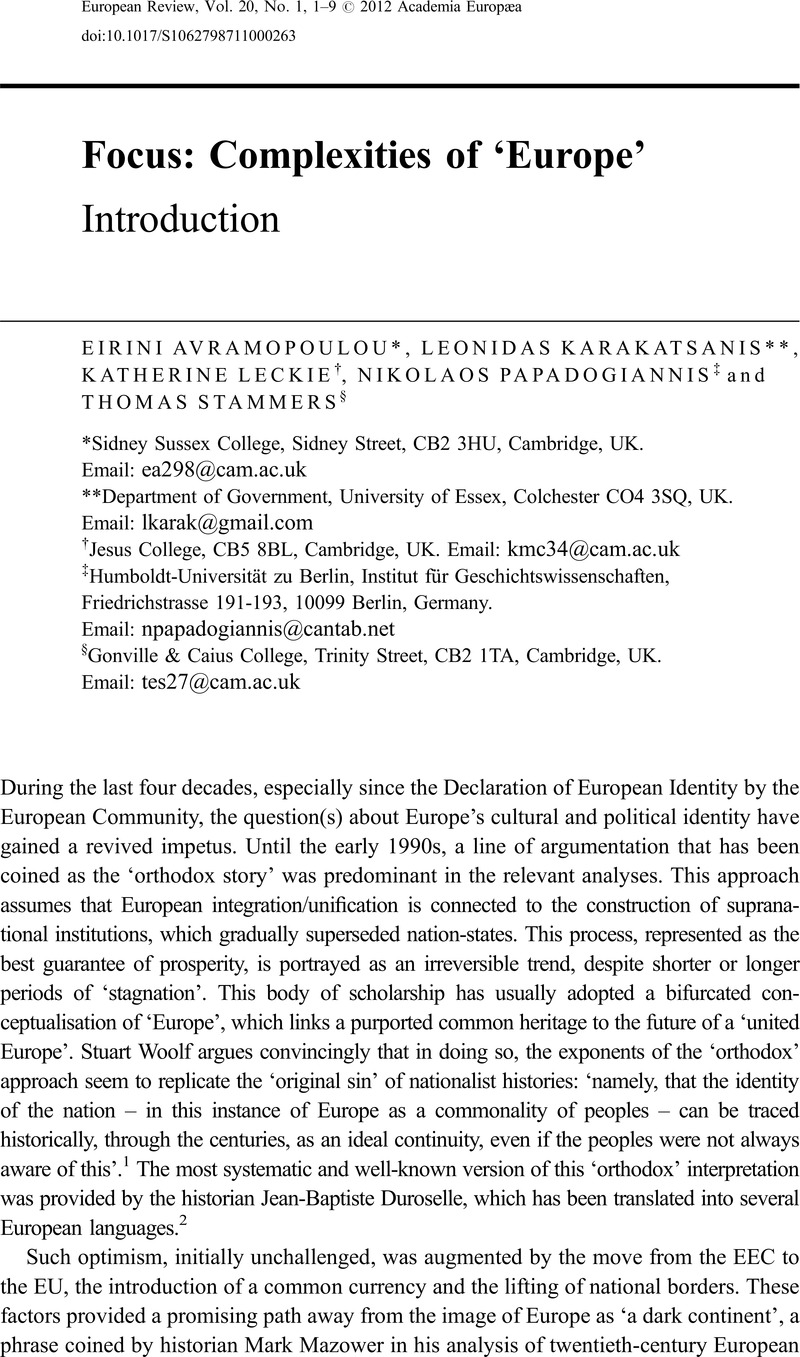26.Shore, C. (
2007) European integration in anthropological perspective: studying the ‘culture’ of the EU civil service. In R. A. W. Rhodes, P. t’ Hart, and M. Noordegraaf (eds)
Observing Government Elites: Up Close and Personal (
Basingstoke:
Palgrave MacMillan).
Google Scholar 